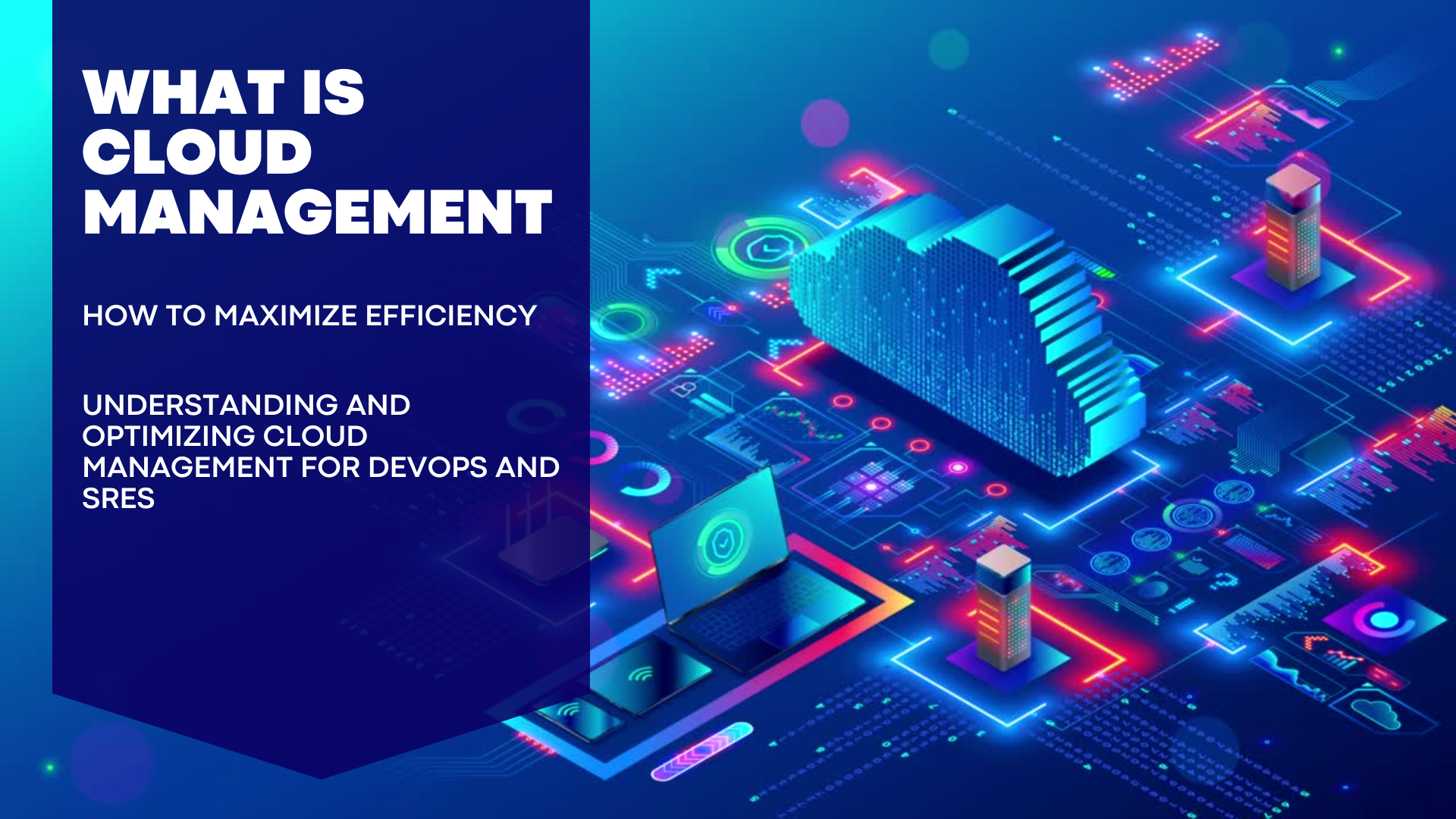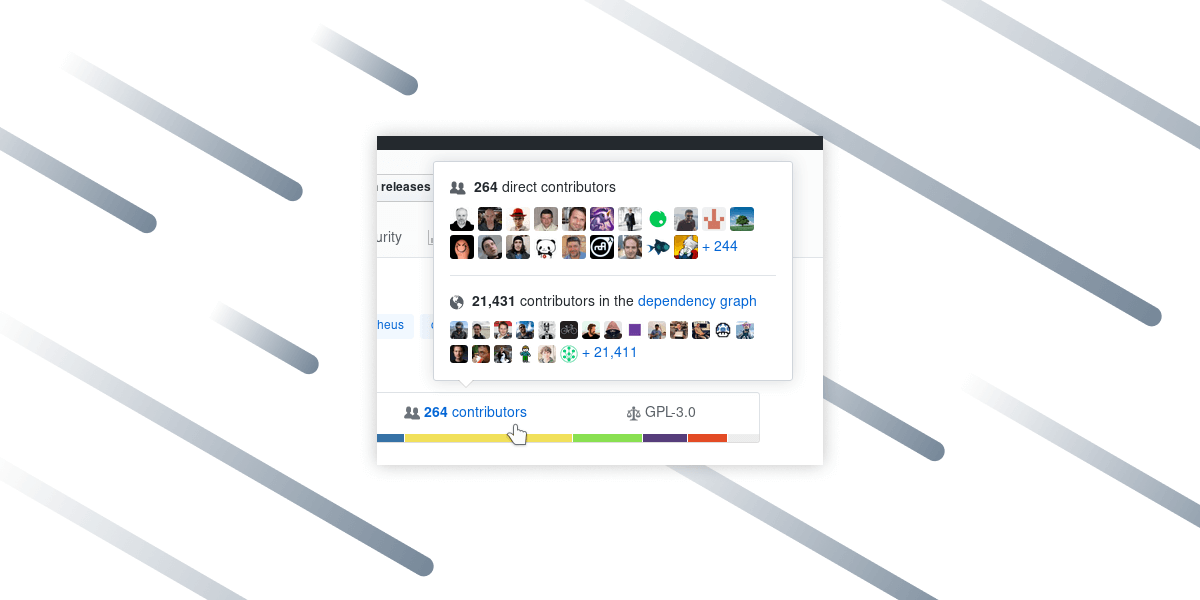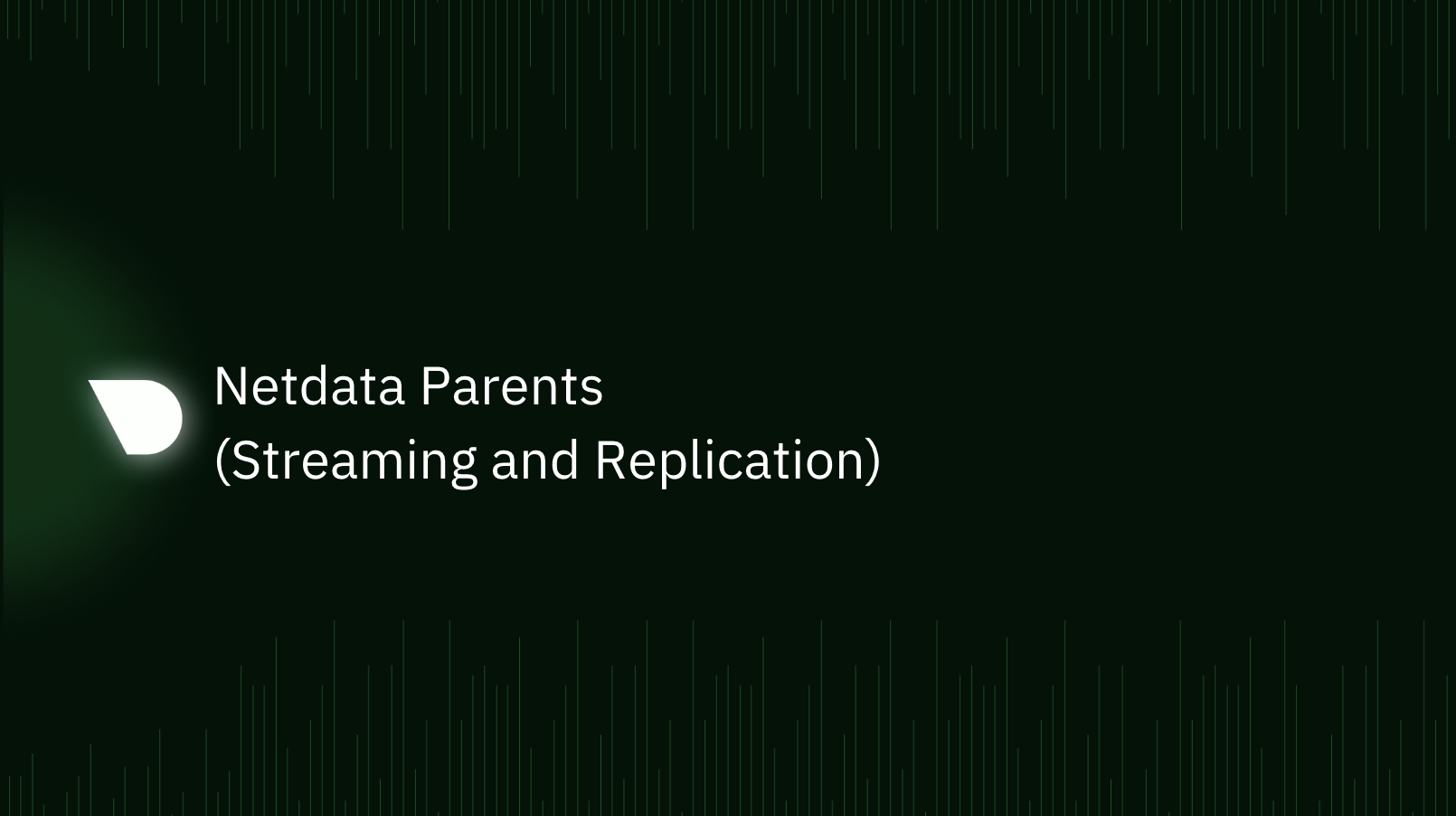Unlock the full potential of your cloud investment! Discover strategies to enhance performance and reduce costs.
In the dynamic world of cloud computing, optimization isn’t just about cost reduction. It involves a fine balance between managing costs and maximizing value while ensuring efficient resource allocation.
Strategies Used in Cloud Optimization
Cloud optimization strategies generally focus on cost control, performance enhancement, and efficient resource utilization. These strategies range from selecting the right cloud service model (IaaS, PaaS, or SaaS), right-sizing your resources, adopting a multi-cloud approach, automating processes, and investing in robust monitoring tools that can reliably reveal resources utilization and help you ensure that services are tailored to meet business objectives.
Cloud Optimization Challenges
Organizations often face challenges in managing cloud costs due to the complexity of cloud pricing models, lack of visibility into resource usage, inefficient resource allocation, and rapid technological changes.
Overcoming these challenges involves:
-
Improving cost visibility
Use a real-time, high resolution, monitoring tool can provide a granular view of your cloud resources usage, to help you identify where costs are being incurred. -
Regularly reviewing and optimizing resources
Regularly review your resource usage and eliminate unnecessary instances or services. -
Implementing governance and policies
Establish clear policies in your team for resource allocation and usage. -
Leveraging automation
Automate repetitive tasks and use intelligent on-demand scaling. -
Training and awareness Educate your team about cloud cost management best practices.
Optimizing Your Cloud Infrastructure
The key to optimizing cloud infrastructure lies in understanding and managing your resources effectively. Regularly reviewing your usage, eliminating idle or underused resources, and right-sizing your instances can make a significant difference. Furthermore, automating tasks and scaling resources according to demand can help optimize your infrastructure.
The Art of Right-Sizing
Right-sizing, the process of matching the capacity of your cloud resources to the needs of your workloads, is a critical piece of cloud cost optimization. It’s a delicate balance to strike - over-provisioned resources can lead to unnecessary costs, while under-provisioned resources can hamper performance and user experience. Striking the right balance is as much an art as it is a science.
The concept of right-sizing is not just about reducing costs, but also about achieving the optimal performance for every dollar spent. For example, an over-provisioned Amazon EC2 instance might be idle much of the time, while an under-provisioned one might fail to meet performance expectations during peak demand periods.
Generally, maintaining a utilization rate around 50-60% during peak times is a good practice. This allows for a buffer to handle unexpected surges in demand while also ensuring that resources are not excessively over-provisioned. However, the ideal resource utilization rate can significantly vary based on the specific needs and characteristics of the workload and the organization’s tolerance for risk.
A critical application that requires high availability might be provisioned to never exceed 50% utilization, ensuring ample capacity to handle sudden spikes in demand. On the other hand, a non-critical application might be provisioned to run closer to 70-80% utilization during peak times, leveraging the cost savings from a leaner resource allocation while accepting a higher risk of occasional performance degradation.
But how do you know if your resources are right-sized? The key is continuous monitoring. Tools like Netdata provide real-time, graniculate insights into resource utilization, allowing you to adjust provisioning levels as needed to match the changing demands of your workloads. With a constant eye on your resource usage patterns, you can right-size your resources, leading to significant cost savings and improved performance.
Right-sizing is an ongoing process, not a one-time task. It requires a good understanding of your workloads, a keen eye on performance metrics, and the flexibility to adjust resource allocation as needs evolve. With the right tools and approach, right-sizing can be a powerful strategy in your cloud cost optimization toolkit.
Taming the Beast: Control Cloud Sprawl
Controlling cloud sprawl is another important aspect of optimizing your cloud infrastructure. In essence, cloud sprawl occurs when there’s an unchecked proliferation of cloud resources, often due to decentralized control and lack of oversight. This can lead to excessive costs, security vulnerabilities, and management headaches. Therefore, addressing cloud sprawl is not just a cost optimization tactic, it’s a necessity for maintaining a robust and secure cloud environment.
The root cause of cloud sprawl can often be traced back to the initial appeal of the cloud itself. The ease of deploying new resources and services in the cloud can lead to a rapid proliferation of instances, databases, storage buckets, and more. While this agility is a significant benefit, it can also quickly spiral into overuse, resulting in uncontrolled costs and operational challenges.
To control cloud sprawl, it’s necessary to implement a few key practices:
-
Adopt a cloud governance framework
A well-defined set of policies and procedures can guide decision-making and establish clear lines of authority and responsibility for cloud resource deployment and management. -
Implement centralized visibility and control
Centralized management tools can provide a holistic view of your cloud environment, making it easier to identify and eliminate redundant or underutilized resources. Netdata, for example, provides comprehensive real-time insights into your cloud environment, aiding in resource management and optimization. -
Promote a culture of cost awareness
Educating teams about the financial implications of their cloud usage can encourage more thoughtful resource deployment and utilization. This includes understanding the cost implications of different instance types, storage options, and data transfer costs. -
Automate cleanup of unused resources
Resources that are no longer needed or are seldom used should be identified and deprovisioned. Automation can play a crucial role here, helping to regularly scan for and remove such resources. -
Leverage tagging and resource grouping
Properly tagging resources by project, owner, or cost center can provide greater visibility into usage patterns and costs. This can help identify areas of waste and opportunities for optimization.
The battle against cloud sprawl is ongoing, and it requires a proactive and organized approach. By implementing these practices and leveraging the power of tools like Netdata, organizations can effectively control cloud sprawl, leading to significant cost savings and a more streamlined and manageable cloud environment.
Optimizing Performance: Leveraging Load Balancers, Caching, and Content Delivery Networks
Optimizing cloud performance is a multifaceted process, involving a delicate balance of various tools and techniques. Three of these essential tools are load balancers, caches, and when it comes to handling data delivery at scale, Content Delivery Networks (CDNs).
-
Load Balancers
Load balancers are the unsung heroes of network traffic management, distributing workloads across multiple servers to prevent any single resource from becoming overwhelmed. This smart distribution improves response times, maximizes throughput, and provides a better user experience. Yet, the work doesn’t end at implementation; load balancers must be continually monitored and optimized for them to perform at their best.Tools such as Netdata provide real-time insights into load balancer performance, enabling timely adjustments and optimal operation.
-
Caching
Caching is another vital tool in the optimization toolbox. By storing copies of frequently requested data in a high-speed storage layer, caches can fulfill data requests far quicker than the primary data source, reducing load on backend databases and enhancing system performance. While caching strategies can be complex, requiring careful consideration of data characteristics and access patterns, the benefits are worthwhile. Once again, diligent monitoring is essential to ensure your caching strategy delivers the intended benefits. -
Content Delivery Networks (CDNs)
A CDN takes caching a step further by geographically dispersing data to minimize latency. This is especially important for businesses serving global audiences. By caching data closer to the user, CDNs can reduce data delivery times dramatically, improving user experience and reducing the load on your primary servers.But here’s the crucial point: CDNs can also play a significant role in reducing egress bandwidth costs, one of the major expenses in cloud computing. By minimizing the data that needs to traverse the public internet, CDNs can help to significantly lower these costs.
Choosing the right CDN, configuring it correctly, and monitoring its performance is paramount to reaping these benefits. Tools like Netdata can help you keep a close eye on CDN performance and costs, providing the insights you need to make smart, data-driven decisions.
In summary, load balancers, caching, and CDNs are key tools for improving cloud performance and controlling costs. Used wisely and monitored effectively, they can make a significant difference to your cloud operations. Remember, the goal of optimization isn’t just about cutting costs—it’s about making the most of your cloud resources to drive business value.
Harnessing Automation for Cloud Optimization
In the realm of cloud optimization, automation emerges as a game-changer. It’s an essential strategy for managing the complexity of the modern cloud environment, driving efficiency, and reducing the risk of human error. But how exactly does automation fit into the cloud optimization puzzle?
Automation involves using software tools and scripts to perform tasks that would otherwise require manual intervention. In a cloud environment, this can range from provisioning new resources to managing security policies, scaling operations, and even optimizing costs:
-
Reducing Operational Overheads
Firstly, automation significantly reduces operational overhead. Routine tasks such as patching, backups, system monitoring, and reporting can be automated, freeing up IT staff to focus on strategic initiatives. This not only enhances productivity but also accelerates response times for critical system events. -
Dynamic Resource Allocation
One of the greatest benefits of the cloud is its elasticity - the ability to scale resources up or down based on demand. Automation can play a crucial role here. By automating scaling operations, organizations can ensure they’re using just the right amount of resources at any given time, improving performance and reducing costs.Cloud providers like AWS, GCP, and Azure offer auto-scaling functionalities. By defining auto-scaling groups, you can set policies for automatic scaling based on specific triggers such as CPU utilization, network I/O, or custom metrics. This automated scaling can occur across multiple zones for higher availability and fault tolerance.
Also, technologies like Docker and Kubernetes have made dynamic resource allocation even more efficient. Containerization encapsulates applications with their dependencies, making them lightweight and easy to scale. Kubernetes can manage these containers and automatically adjust resources based on demand.
Automation is not a set-and-forget solution. Robust monitoring tools like Netdata are essential in dynamic resource allocation. They provide real-time insights into various metrics like CPU usage, memory usage, and network I/O. This data can be used to fine-tune auto-scaling policies, ensuring resources are always optimally utilized. Furthermore, alerts can be set up to notify when certain thresholds are crossed, enabling quick response to potential issues.
Cloud optimization is a continuous process, requiring regular monitoring, analysis, and adjustments. Real-time monitoring and troubleshooting capabilities of tools like Netdata ensure that the cloud infrastructure is cost-effective, resilient, and performant, and aligns with business goals. With this knowledge, one can confidently navigate the cloud optimization journey, achieving a balance between cost, performance, and value.



